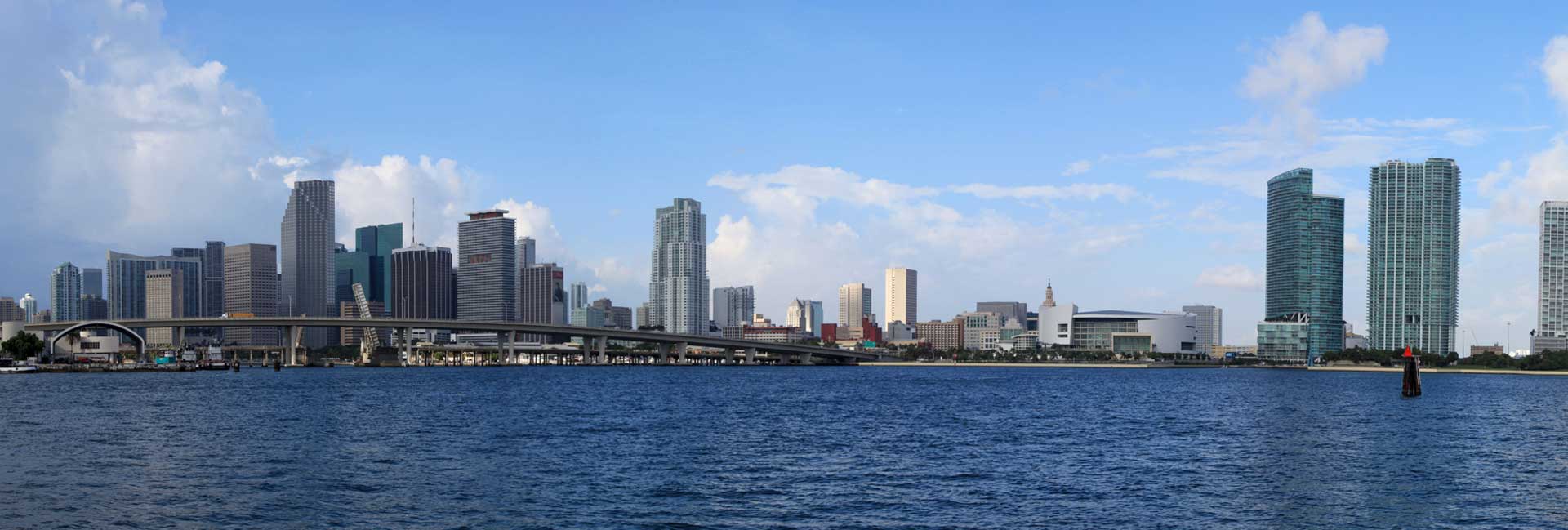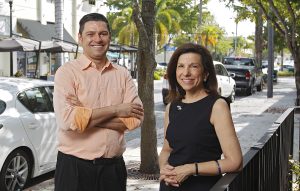

Mitigating the health impacts of climate change comes down to smart designs and smart thinking.
When then-acting U.S. Surgeon General Boris Lushniak delivered the keynote address at the American Institute of Architects (AIA) Design and Health Summit in 2014, he confirmed what Joanna Lombard had known all along—that architects are also healthcare professionals.
“We want public health for all people,” Lushniak stated, “and if you are an architect, you are a public health worker.”
In the context of architects playing a major role in mitigating and even averting some of the detrimental health impacts of climate change—from pollution-induced respiratory ailments to heat strokes caused by extreme temperatures—Lushniak’s statement couldn’t be more fitting, explains Lombard, a University of Miami professor of architecture who, for much of her career, has studied how the built environment affects health.
Architects and planners, she explains, must design smarter, with an eye toward creating healthy, self-sufficient neighborhoods. More walkable neighborhoods that reduce residents’ dependency on cars is one place to start.
About the Photo
The downtown Miami skyline is constantly changing with new construction. UM Professor Joanna Lombard says architects need to act as health professionals in designing healthy buildings.
Join the Conversation
Follow on Twitter:
UM School of Architecture,
@UM_SoA
Miller School of
Medicine, @umiamimedicine
University of Miami, @univmiami
UM News, @univmiaminews
But it won’t be easy, she asserts, noting the disappearance of diverse neighborhoods and the continued proliferation of sprawl. Lombard’s firm beliefs in the benefits of integrated neighborhoods are backed by solid evidence she and her colleagues have produced from over a decade of research. For the past 12 years she has collaborated with investigators in the Built Environment, Behavior, and Health Group, an initiative led by José Szapocznik, professor and chair of the Miller School’s Department of Public Health Sciences.
In one study, they looked at elementary school-aged boys in Miami’s East Little Havana, investigating whether there was a correlation between the children’s conduct grades and the types of neighborhood blocks on which they lived. What they discovered was that boys who lived in mixed-use blocks had higher conduct grades and performed better in school. The reason?
“When you have a corner store, more adults looking out for children, more eyes on the street, and more interaction—it’s better for people,” Lombard says. The team also studied Hispanic elders in the same area, finding that those who lived on streets with houses that had balconies, porches, and stoops functioned better both mentally and physically than elders who did not reside on streets with such features. “Now we understand, in a way that we didn’t before, how the built environment impacts our health,” Lombard says.
She and research assistant professor Scott C. Brown represent the School of Architecture and the Department of Public Health Sciences, respectively, as charter members of the AIA’s Design and Health Research Consortium, an 11-university initiative aimed at investigating how design affects public health.
Neighborhoods designed the right way, Lombard says, can help lessen some of the health consequences of global climate change.
“Climate change has different impacts depending on where you’re located,” she says. “But it’s extremely impactful no matter where you live. We can’t look away. We have a responsibility to make a difference.”
- Robert C. Jones Jr. / UM News
